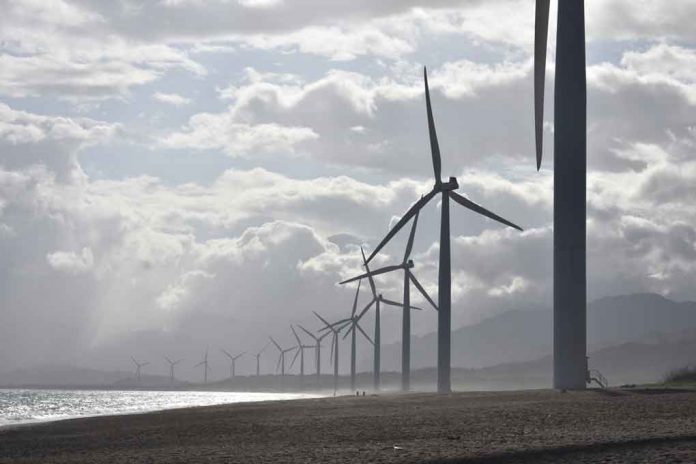Ontario has a great track record of forward-thinking when it comes to energy. According to official statistics, 33.4% of the provinces’s energy is from renewable sources, and of that, wind is becoming a major player, with production set to rise to well over 10% in the coming years. However, if wind power is set to be the foundation for Ontario’s renewables, the infrastructure will need to come to support it.
The now – cleaning
Wind power is an excellent utility but comes with its own set of problems. Most notably, three wind companies in Chatham-Kent were charged with environmental offences in July, stemming from potential pollution of groundwater in construction. This is one aspect of the ‘clean’ challenge that wind power poses, and will need close regulation to proactively manage future problems. Furthermore, as stated by wind power maintenance experts Kardie Equipment, the build-up of organic matter on wind turbines can cause a loss of efficiency, representing a bad deal for tax payers, and, potentially, a hazardous area.
Lowering emissions
While in operation, wind power does not create any emissions. However, the production and transport of turbines and blades to their host sites does, and this results in what one 2012 study found to be a lifetime emission rating of between 5 and 8.2g of CO2 per kWh of energy produced. While paling in comparison to coal, gas, and other fossil fuels, this remains an issue. Governmental bodies and innovators should look to new materials science and local-built production, such as in Thunder Bay, to ensure emissions are kept down.
Future effectiveness
Wind turbines are, obviously, extremely dependent on the elements. In the USA, this leads to reduced effectiveness, as when the wind is low turbines are turned off and generation returns to fossil fuel sources. With extreme weather becoming more common, as evidenced by Ontario’s severe storms earlier in August, it will be absolutely crucial to plan ahead as to the size, scale, and ability of wind farms. The net effect otherwise would be a sunk carbon cost.
Green energy is the future for Canada, and Ontario often leads the way. Wind is a huge part of this story, and will continue to be. What is crucial is that state governance and legislators get involved to ensure that wind power is set up and continues to be effective, come rain, shine or storm.


